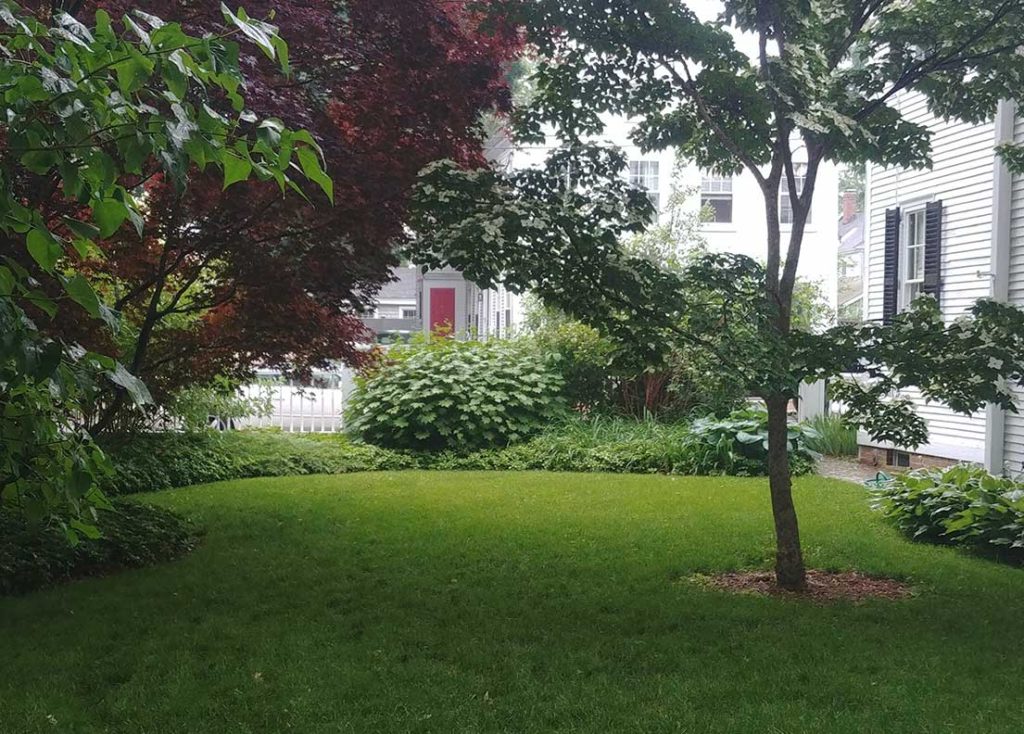Education
Education on organic lawn maintenance
An organic lawn maintenance approach is not hard, although it differs in some aspects from conventional turf care practices of the past few decades. Above all, the key to a successful all-natural Organic Turf Care (OTC) program is to apply the right products with proper cultural practices; one without the other is a set up for failure. We break organic turf care down into its key components. As a result, education on organic lawn maintenance is accessible and easy to follow.
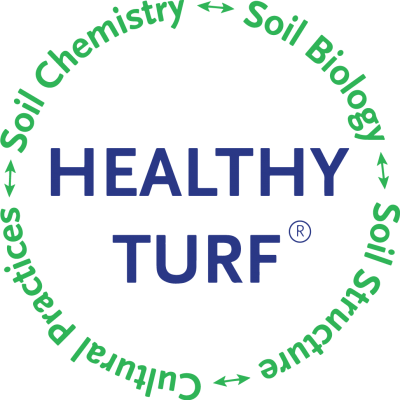
4 components of Healthy Turf:
Soil chemistry
Create and maintain a hospitable environment for the soil biology necessary for growing turf. Correct pH and calcium to magnesium imbalances.
Soil biology
Feed the microbes in the soil an All-Natural Organic Fertilizer. Then, microbes remain active and feed the plant.
Soil structure
Promote the porosity and nutrient holding capacity of the soil. We address organic matter and CEC deficiencies.
cultural practices
In addition, proper mowing, aeration, over-seeding and irrigation practices have a tremendous impact on the success of your program.
Soil Testing
Soil testing is the cornerstone to any successful all-natural Organic Lawn Care Program. Therefore, we begin education on organic lawn maintenance with the soil. Grass requires a certain environment to grow. What occurs underground directly affects what you see above ground.
PJC Ecological uses an independent laboratory to test soil. We analyze pH, buffer pH, cation-exchange capacity, base saturation and % organic matter.
Soil testing provides critical information about the current state of the soil. Therefore, results are used as a baseline to set expectations. These results determine the type and amount of soil amendments needed. Moreover, we customize a program to create the healthy environment YOUR grass requires.
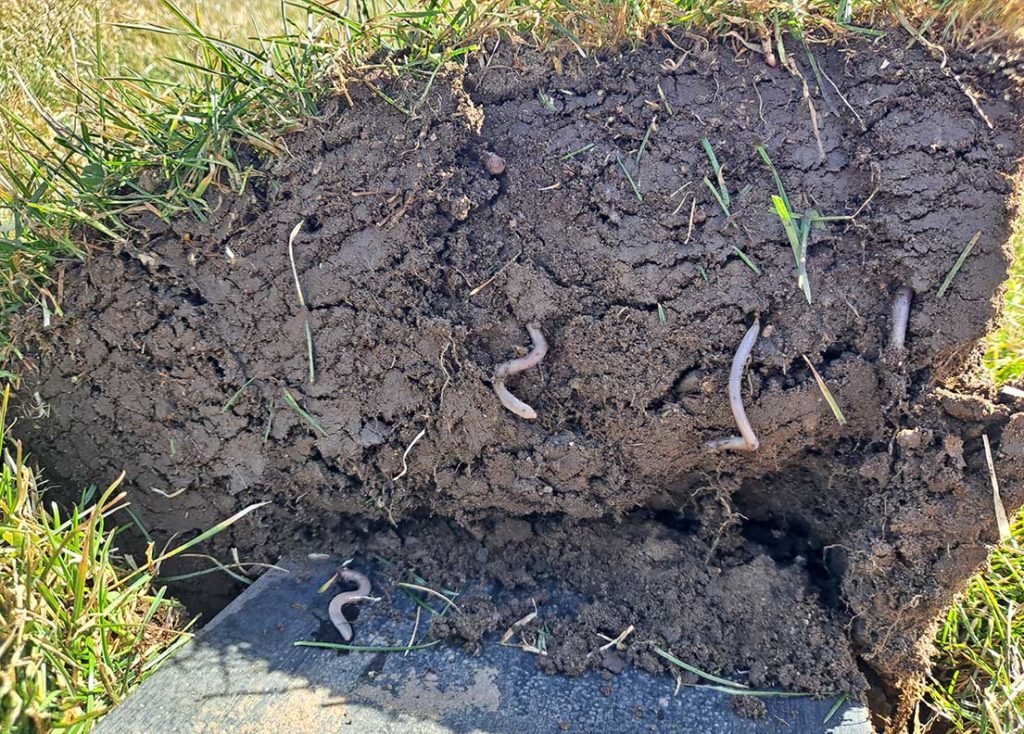
Organic Fertilizers
Organic fertilizers work with nature by feeding the soil biology. In turn, soil biology feeds the plant. We use PJC ProHealthy Turf® All Natural Organic Fertilizers with all natural inputs. Our fertilizer builds soil quality and encourages soil biology. PJC ProHealthy Turf® fertilizers are 100% Water Insoluble Nitrogen and there is no contact problem for the applicator. As a result, the area is safe for use by people and pets immediately after application. PJC ProHealthy Turf® Fertilizers have been proven in the marketplace since 1995.
Soybean Based. No manure or sewage sludge.
No phosphorous for water sensitive areas.
Slow release ingredients (lasts 7-10 weeks).
Meets USDA National Organic Program (NOP) standards.
OMRI listed and approved for use by NOFA .
On the USDA BioPreferred Product list.
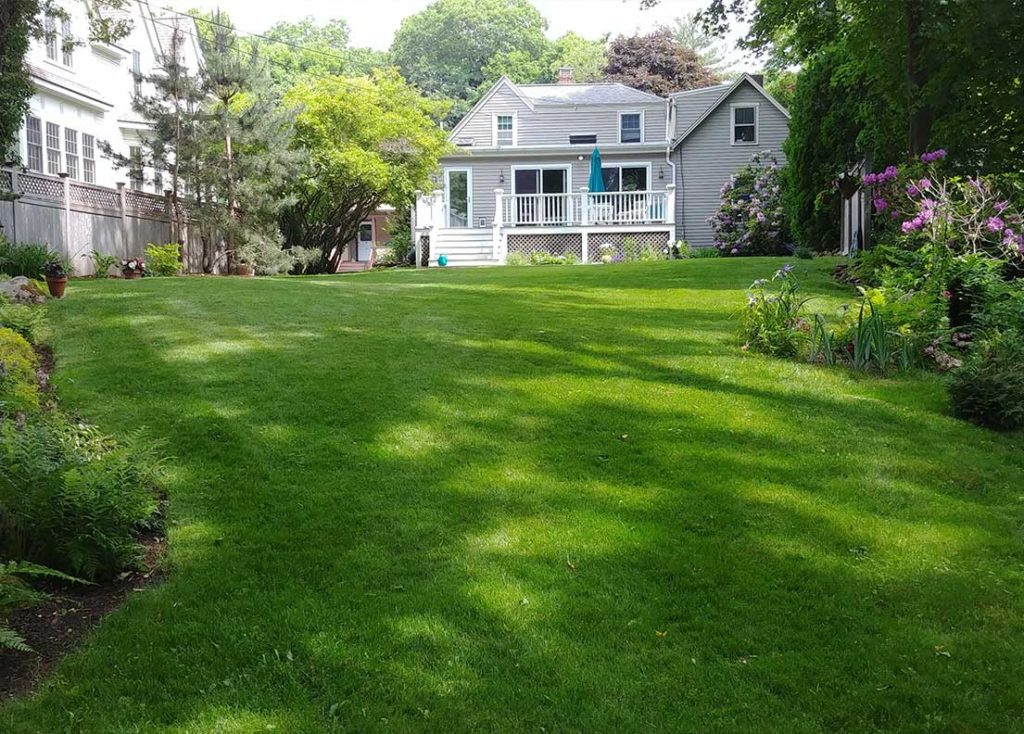
Mowing
In organic lawn maintenance, proper mowing heights impact the success of your grass. Higher mowing heights help shade the soil. This blocks sunlight to the soil surface and directly affects soil temperature. As a result, cooler soil temperature and lack of sunlight discourage weed seed germination.
With more surface area, turf grass carries on greater levels of photosynthesis. Through increased levels of photosynthesis, a deeper, more vigorous root system is developed. Greater root mass enables turf to be more wear resistance, drought tolerant, and endure greater stress.
On the flip side, mowing short stresses the grass. Shorter blades allow the soil to heat up more quickly, encouraging the growth of summer weeds. Another benefit of a healthy root system is the addition of as much as ½ to 4 tons of organic matter per acre to the soil on an annual basis.
Mowing heights should change over the course of the growing season. Heights should start at 2.5 inches in early spring. By June, grass should be 3-4 inches. Finally, conclude the season in November at 2.5 inches. When mowing, cut no more than 1/3 of the grass blade at a time.
Watering
Watering should be deep, infrequent, and in the morning. Grass should receive .75–1 inches of water a week through natural rainfall or irrigation. If irrigating, this may mean that each zone is in operation for 50 minutes to an hour depending on flow rate (1-2 times a week). To test how much water is being delivered, use a small can and measure the water collected.
However, during extreme heat grass should be watered more frequently for shorter periods. Take note that over-watering can lead to soil compaction and disease.
Over-seeded areas: Ensure that soil and seed stay moist, not wet. Water two times a day for approximately 10 – 15 minutes, mid-morning & afternoon. Maintain a watering schedule until seed germinates. This will take approximately two to three weeks. Once the seed germinates, cut back watering to once per day in the morning. Then transition to every other day. Finally, water twice per week as the root system gets establishes. Once germination is complete, you need to water one inch weekly to maintain a healthy lawn. Grass can take up to 18 months to become fully established.
Over-Seeding
When entering into education on organic lawn maintenance, remember that a dense stand of turf is the best way to crowd out weeds. Like any crop, grass must be regularly planted to ensure the highest yield and thickest lawn. Since grass is cut before it goes to seed it is necessary to periodically over-seed.
In the spring, seed slice to avoid bringing weed seeds to the surface. We recommend using a Tri Rye perennial grass seed known for its quick germination.
Late summer/early fall is the best time to repair thin turf. Repair by broadcast over-seeding when aerating. We recommend a combination of rye grass, blue grass and fescues.
Trouble spots and bare areas should be repaired. To repair, break up soil with iron rake, mix seed with loam/compost and cover area with soil/seed mixture. (soil-to-seed contact is necessary).
If budget is an issue, fall over-seeding should be the priority because you have the best chance of success. Don’t go cheap when it comes to grass seed! Use a high-quality grass seed that has a germination rate of >90%.
Aeration
Aeration is the mechanical means to relieve compaction of the soil. Compacted soil favors weed growth over grass. When aerating, soil cores are cut and returned to the lawn, allowing grass roots to spread and breathe.
For most residential lawns, the aeration recommendation is once per season, in the fall. Mid-August through the beginning of October is the best time to aerate. During this time, root growth is most vigorous. We recommend aeration in the fall to avoid bringing spring weed seeds to the surface. Over-seeding is always encouraged when core aerating.

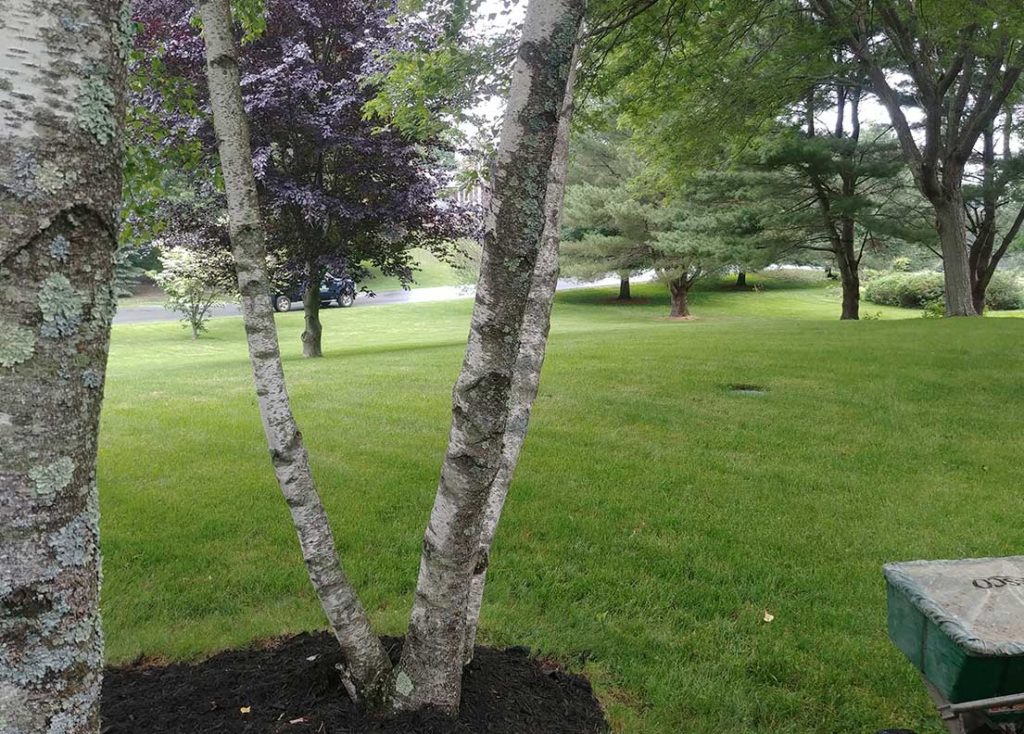
Grass Clippings
In an All-Natural Turf Care program, grass clipping should be returned. With a healthy ecosystem, the return of clippings adds valuable organic matter to the soil. Clippings serve as a natural fertilizer equal to one application per season. Healthy soil biology breaks down the grass clippings. Therefore, you save on labor by not needing to bag and dispose of the clippings.
